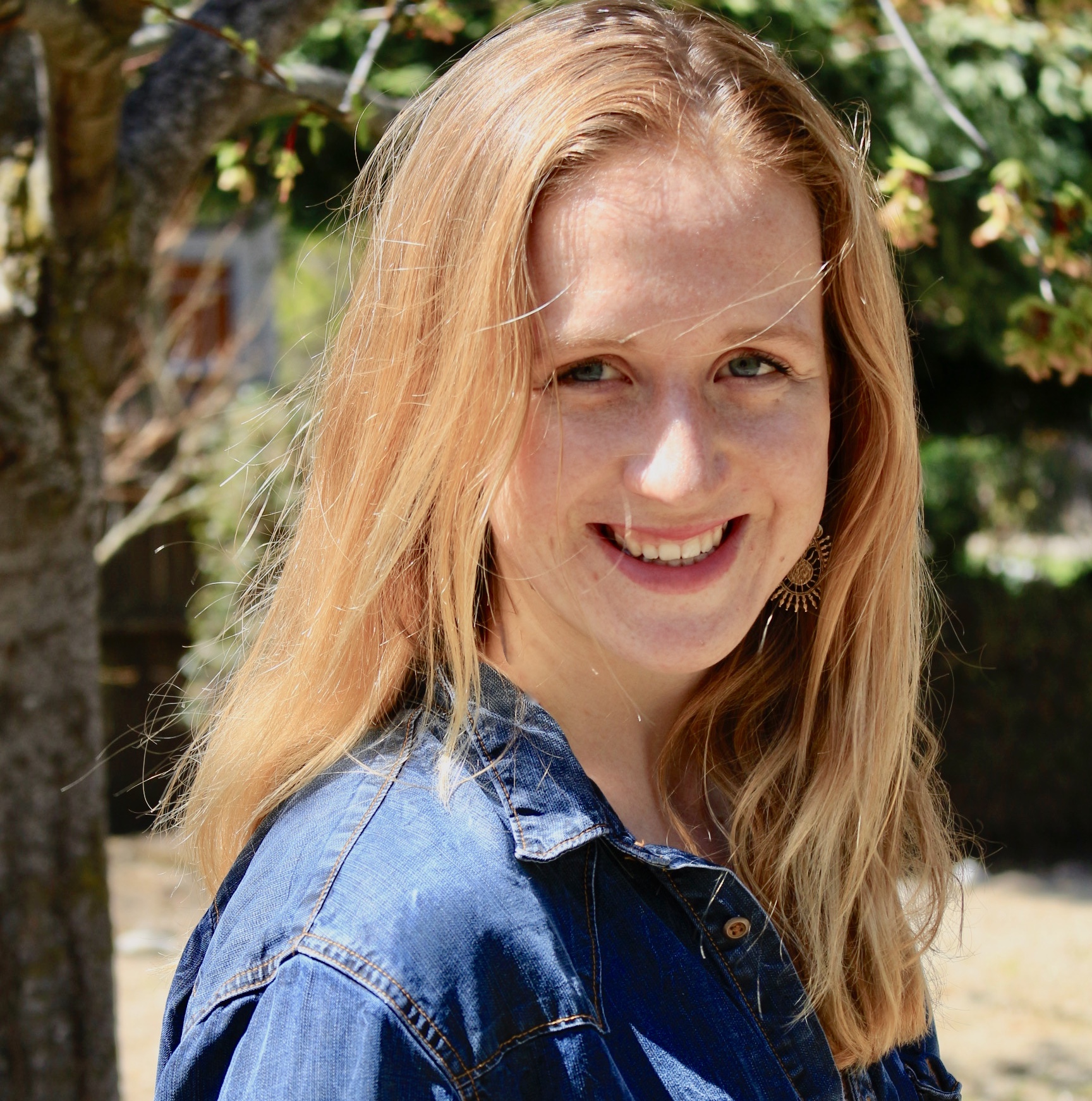Can Physicists Really Save Schrödinger’s Cat?
There may be a grain of hope for physics' most famous doomed feline, Schrödinger's cat.
In the bizarre thought experiment symbolizing the weird state of subatomic particles in quantum physics, a cat confined to a box is both dead and alive until the box is opened, at which point the cat either falls down dead or happily bounds away.
It was once thought that this moment of truth was instantaneous and completely unpredictable. But in a study published June 3 in the journal Nature, Yale physicists were able to watch Schrödinger's cat in action, predict the feline's fate and even save the cat from an untimely death.
With this new finding, the physicists were able to "stop the process and return the cat to its alive state," Michel Devoret, a physicist at Harvard and one of the study's co-authors, told Live Science. [18 Times Quantum Particles Blew Our Minds]
In physics, Schrödinger's cat is a thought experiment in which a cat is trapped in a box with a particle that has a 50-50 chance of decaying. If the particle decays, the cat dies; otherwise, the cat lives. Until you open the box, however, you have no idea what happened to the cat, so he exists in a superposition of both dead-and-alive states, just as electrons and other subatomic particles simultaneously exist in multiple states (such as multiple energy levels) until they're observed. When a particle is observed and randomly chooses to occupy just one energy level, it's called a quantum jump. Physicists originally thought that quantum jumps were instantaneous and discrete: Poof! And suddenly, the particle is in one state or another.
But in the 1990s, more physicists began to suspect that the particles follow a linear path as they take their jump, before entering their final state. At that time, physicists didn't have the technology to observe those trajectories, said Todd Brun, a physicist at the University of Southern California, who was not involved in the research. That's where Devoret and his co-authors come in.
The Yale physicists shone a bright light at an atom and observed how the light scattered as the quantum jump occurred. They found that the quantum jumps were continuous rather than discrete, and that jumps to different discrete energy levels held to specific "flight" paths.
Sign up for the Live Science daily newsletter now
Get the world’s most fascinating discoveries delivered straight to your inbox.
Once the physicists knew the specific state the atom approached, they were then able to reverse that flight, by applying a force in just the right direction with just the right strength, said lead author and Yale University physicist Zlatko Minev. Correctly identifying the type of jump was crucial to successfully reversing the flight, he added. "It's very precarious," Minev told Live Science.
Some physicists, like Brun, aren't surprised by the finding: "This is not different from anything anyone had predicted," Brun told Live Science. "The interesting thing is they carried it out experimentally."
The new finding is particularly significant for research facilities like the Laser Interferometer Gravitational-Wave Observatory (LIGO), where physicists observe gravitational waves, said Devoret. At these research facilities, particle unpredictability, also called quantum noise, is the bane of scientists' efforts to make accurate measurements.
"As physicists like to say, with quantum noise, not even God can know what you will measure," Devoret said. Using the research, physicists can "mute" quantum noise and make more accurate measurements.
Particles, and the fate of Schrödinger's cat, will always be somewhat unpredictable in the long term, Devoret said. He and his co-authors' main finding is that their fates can be observed and predicted as they happen.
"It's a bit like volcanic eruptions," Devoret explained, "they are unpredictable in the long term. But in the short term, you can see when one is about to erupt."
Originally published on Live Science.

Isobel Whitcomb is a contributing writer for Live Science who covers the environment, animals and health. Her work has appeared in the New York Times, Fatherly, Atlas Obscura, Hakai Magazine and Scholastic's Science World Magazine. Isobel's roots are in science. She studied biology at Scripps College in Claremont, California, while working in two different labs and completing a fellowship at Crater Lake National Park. She completed her master's degree in journalism at NYU's Science, Health, and Environmental Reporting Program. She currently lives in Portland, Oregon.










